On 26 June 2022, the G7, a group of the richest world nations (the United States, Germany, Canada, France, Italy, Japan, the United Kingdom) and the European Union, announced a new collective investment project in global infrastructure.
The Partnership for Global Infrastructure and Investment (PGII) will rely on the leadership of the United States and the participation of the other countries of the group for the provision of a US$600 billion fund to invest in emerging countries and in the development of advanced technology.
The plan follows the same guidelines as the old G7 project, the “Build Back Better World“, with minimal changes in the action project but a decrease in budget. The action is seen as a veiled response to China’s “New Silk Road” (Belt and Road Initiative), and its investments in infrastructure and the gain of political and economic influence that the Chinese government has been gaining.
What was the first version of the G7’s worldwide mega infrastructure project: “B3W – Build Back Better World”
In June 2021, Joe Biden announced at a G7 meeting in the UK that they would start the global investment project “B3W – Build Back Better World”.
The project aimed to raise private investments in collaboration with the public investment of countries to develop infrastructure, technology and sustainability in emerging countries. It was expected to raise $40 trillion by 2035 to start actions in the emerging regions of the globe.
B3W was pointed out as a geopolitical reaction of the G7 with respect to China’s developmental programs, the Belt & Road Initiative, the New Chinese Silk Road, and the gain of influence that the Asian power has been building.
The leaders of the G7 had the plan to invest in more advanced technologies, mainly of clean energy production, and telecommunication and internet networks in other countries; presented the PGII as a step towards the progress of the global economy and relations between democratic countries.
What’s new in the G7 Partnership for Global Infrastructure and Investment (PGII) compared to the latest version
The new project presented in 2022 by G7, “Partnership for Global Infrastructure and Investment – PGII” follows the same guidelines as the previous B3W.
PGII will have US$600 billion for investment in developing countries, mainly in infrastructure. The goal is to help close “the infrastructure gap in developing countries, strengthen the global economy and supply chains, and advance US national security.”
The United States will provide $200 billion to the fund, the European Union will provide $316bn and Japan $65bn. The group’s informal leader and president, Joe Biden, made it clear in his statement that this project is an investment and not charity or aid to countries.
Critics of the well-known american Think Tank CSIS argued that the PGII is only a restructuring with few objectively altered points. The change in the plan is a decrease in the ambitions of the old project, as the war in Ukraine and the world economic scenario affected the fundraising target of $40 trillion by 2035.
PGII action areas and projects remain the same as B3W, such as:
- $2 billion will be directed to solar energy projects in Angola
- $600 million will be invested for an American company to build subsea telecommunication cables to connect Singapore with France, through Egypt and the Horn of Africa
- $50 million will go to World Bank’s Childcare Fund
- $3.3 million for pharmaceutical industry and production of research and vaccines against COVID-19, for global distribution
The German Chancellor, Olaf Scholz, said that there will be a partnership of public investment with private initiative, since public supply would not be able to achieve all development goals alone.
Why the G7 is concerned with competing with China for infrastructure projects around the world
Since 2013, China has been focused on launching major infrastructure and investment projects in other countries through its Belt & Road Initiative (BRI) program. With the purpose of increasing economic relationships with countries on the South of Asia, Middle East and North Africa, the Chinese government intends to invest about US$4 trillion (about US$1 trillion has already been invested) in technology, industry, transportation and several other areas.
Several global investment programs have emerged since then, such as the European Union’s own initiative Global Gateway as a way of responding to China’s political and economic advancement in other nations.
The international concern about the BRI is that China would be running a scheme of “debt traps“, investing in developing countries but placing them in a debt position, establishing a dominating influence.
Thus, the PGII is an initiative led by the United States to strengthen itself on the international scene against China, a way to reaffirm the central economic and political position of the country. A way to resume the reins in the international chess game.
The future trend of global megainfrastructure projects by global powers
The Chinese initiative to develop the Belt & Road Initiative strategy directed the international spotlight on countries not receiving development investment, which did not establish relations with the US or the EU for political reasons (such as in the Middle East or Africa) or simply for a lack of economic ties.
Since then, nations have understood the importance of helping to bring more investment to countries that are not central, noting that these countries can be the space for building sustainable energies and technologies and leveraging the world economy through more connectivity.
More and more developmental projects will be part of the political agenda of nations, bringing greater international integration and interaction. But beyond that, programs like the Partnership for Global Infrastructure and Investment are ways to build greater relationships with other countries, being a new geopolitical power tool used by the world’s most powerful nations and groups of nations to increase their international influences.

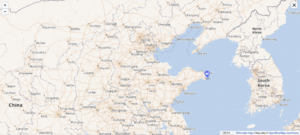




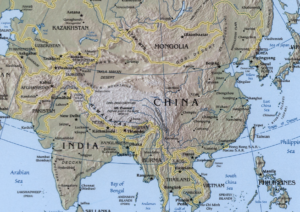
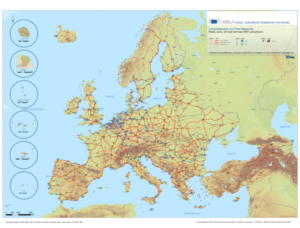









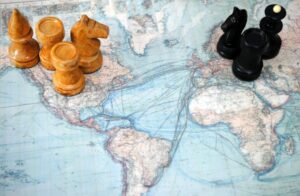

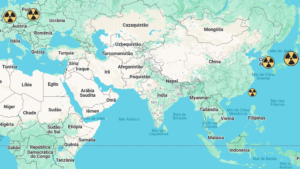
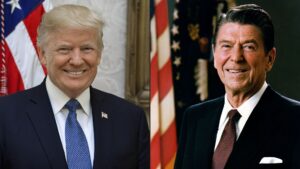
[…] new policy is one more step of the US focus on energy transition and reduction of carbon emissions, showing other geopolitical actors how to put new public […]
[…] The Belt and Road Initiative, launched by China in 2013, is a massive development project that aims to establish a network of infrastructure, trade and connectivity that spans various regions of the world. […]
[…] Eurasian continent. This could directly compete with the UEE’s interests, diverting trade and investment towards Chinese routes and partnerships, thus weakening the UEE’s economic influence in the […]
[…] the adoption of the “Belt and Road Initiative” strategy by Beijing, several Chinese investment focuses have emerged in road, rail and […]
[…] unlike the Chinese model – often criticized for creating such debt traps – the US-led project, supported by G7 partners, seeks to offer a more transparent and sustainable […]